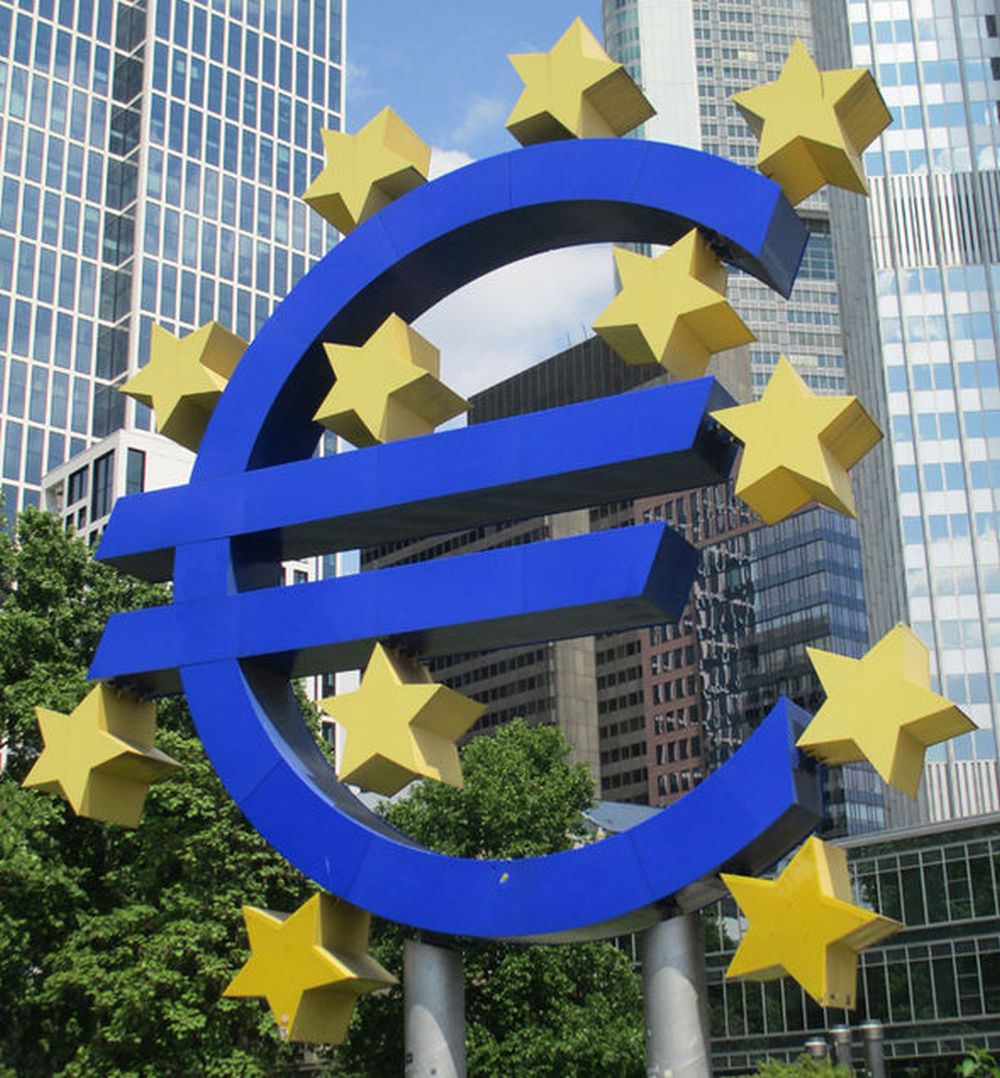The latest flash estimate shows that the Eurozone managed to expand its economy by 0.2 percent during the third quarter of 2025, marking a slightly positive yet clearly hesitant step forward after months of muted performance. The wider European Union posted a marginally stronger result, indicating that the regional economy is moving but far from confidently accelerating.

This improvement remains fragile as some of the Eurozone’s largest members are still stagnating. Germany and Italy recorded no measurable growth in the same quarter, suggesting that internal structural issues have not eased. However, France delivered a more dynamic performance and contributed positively to the regional figure, proving that momentum remains uneven but not absent.

This pattern suggests that Europe is still trapped between caution and recovery, with moderate progress but no decisive turnaround. Growth resilience appears to depend heavily on pockets of domestic demand combined with external factors such as trade and energy conditions rather than broad, synchronized strength across the continent.

Investors and policymakers are expected to interpret this data with restraint. The European Central Bank is unlikely to rush into sharp policy changes while signals remain ambiguous, and governments are encouraged to maintain sober expectations until growth becomes more stable and less dependent on isolated national performance.

#Eurozone #GDP #Economy #EU #Growth #Europe #Finance #Markets
